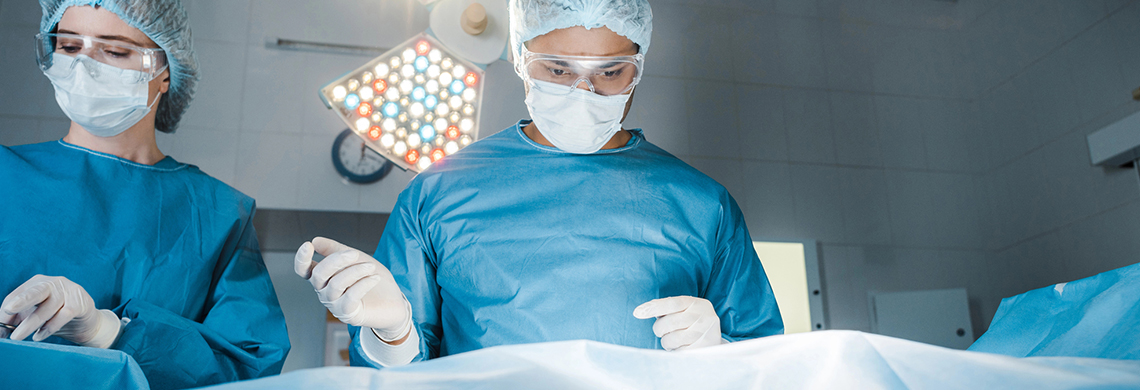Treatment for common shoulder disorders will depend on the specific condition. Rest, physical therapy, and anti-inflammatory medications are often recommended. For conditions like rotator cuff injuries, exercises to strengthen the muscles may be beneficial. Severe cases may require surgical intervention.
Non-Surgical Treatment Options
Depending on the specific condition, your doctor may recommend some of the treatments below to alleviate your pain and improve your quality of life.
Supportive Therapy
The acronym R.I.C.E. stands for Rest, Ice, Compression, and Elevation. Your doctor may suggest these practical and conservative approaches to reduce joint pain from injury or overuse.
- Rest to avoid further injury.
- Ice your shoulder on and off for 15 minutes at a time.
- Compress your shoulder by applying an elastic bandage to help reduce swelling and provide some support.
- Elevate your shoulder during rest by propping up your head and shoulders on a pillow or wedge.
Lifestyle Changes
Modifying activities to avoid high-impact exercises can help decrease pain and stress on the shoulder.
Physiotherapy
Based on your anatomy, joint functioning, and disease progression, the physiotherapist may recommend stretching and strengthening exercises. They can also guide you through exercises and activities that improve your strength, movement, and everyday tasks like reaching, lifting, and carrying objects
Alternative Treatments
Other methods that may be recommended to alleviate shoulder pain include utilising hot or cold treatments, electrical stimulation, ultrasound, or TENS (Transcutaneous Electrical Nerve Stimulation).

Discuss with your doctor about the non-surgical approaches to reducing your shoulder pain. If these methods do not provide relief, there are still other options available. Learn more about surgical approaches to alleviate your shoulder pain below.

Surgical Treatment
Our team offers innovative diagnosis and treatment for both common and complex shoulder conditions.
Some of the surgical services we offer include:
Shoulder Replacement
If non-surgical treatments and medication do not bring relief and restore mobility, your doctor may recommend shoulder replacement. Shoulder replacement is a surgery performed to replace the arthritic ends of bone and damaged cartilage with prosthetic implants designed to move like a healthy shoulder.
What Happens During Surgery?
During surgery, the orthopaedic surgeon replaces parts of the damaged upper arm bone (humerus) and the shoulder socket (glenoid) with surgical-grade metal and polyethylene (plastic) components referred to as implants. Your doctor may use the term shoulder arthroplasty, the medical term for the procedure.
Even with shoulder replacement, you and your doctor have options. Depending on the condition of your shoulder, your doctor may recommend reverse shoulder replacement or total shoulder replacement to relieve your pain and get you moving again. Like any surgery, joint replacement surgery has serious risks. Speak to your doctor to decide if joint replacement is appropriate for you.
Reverse Shoulder Arthroplasty
Also called reverse shoulder replacement, this surgery is recommended for shoulder joint problems that a standard total shoulder replacement cannot sufficiently address to help reduce pain and store some of the motion you have lost. The term “reverse” is used in the name of the procedure because instead of re-creating the ball-and-socket joint in which the top of the arm bone (humerus) serves as the ball that fits into the socket of the shoulder (glenoid), the socket is created at the top of the humerus and the ball is anchored into what had been the shoulder socket.
Total Shoulder Arthroplasty
Orthopaedic surgeons perform total shoulder arthroplasty (TSA) to treat severe shoulder pain and lack of motion. During TSA surgery, the surgeon replaces diseased and injured joint components with medical-grade implants designed to appear similar to our normal, healthy shoulder joint. The four important soft tissue stabilizers of the shoulder (often referred to as the rotator cuff) must be functioning well to support the TSA procedure.
Advances in Shoulder Surgery
Minimally Invasive Surgery
Minimally invasive keyhole technique is used to treat conditions like rotator cuff tears which result in less tissue damage, reduced pain and faster postoperative recovery.
Shoulder Arthroscopy
This minimally invasive procedure uses a small camera (an arthroscope) and surgical tools inserted through small incisions to “clean out” (debride) the shoulder joint.

Explore how minimally invasive surgery can address conditions of the shoulder effectively, and learn more about its benefits and advantages over conventional surgery that allows for a smoother recovery and improved outcomes to restore your mobility and quality of life.
Get Started

